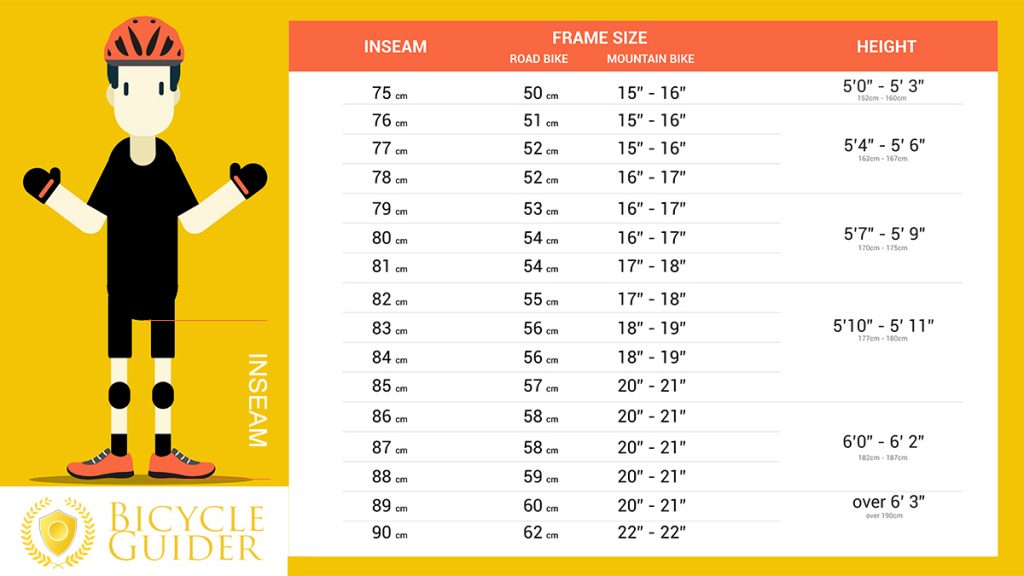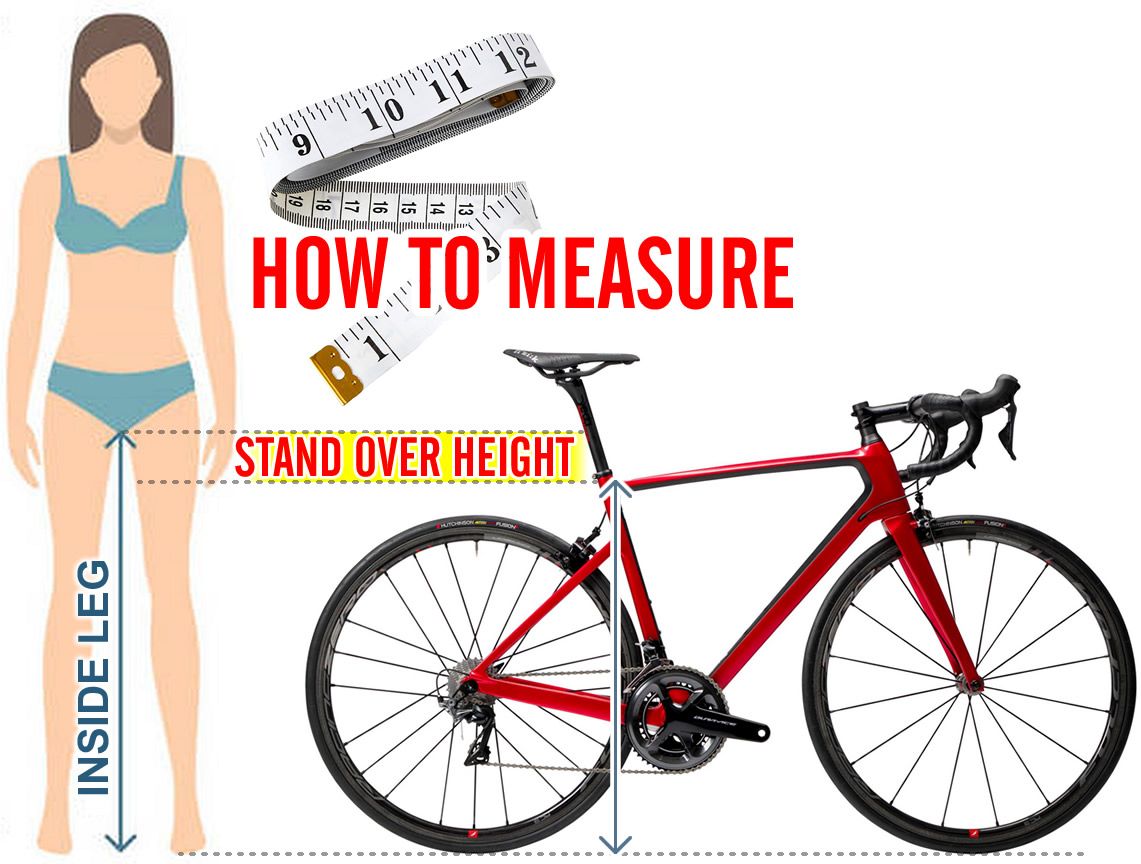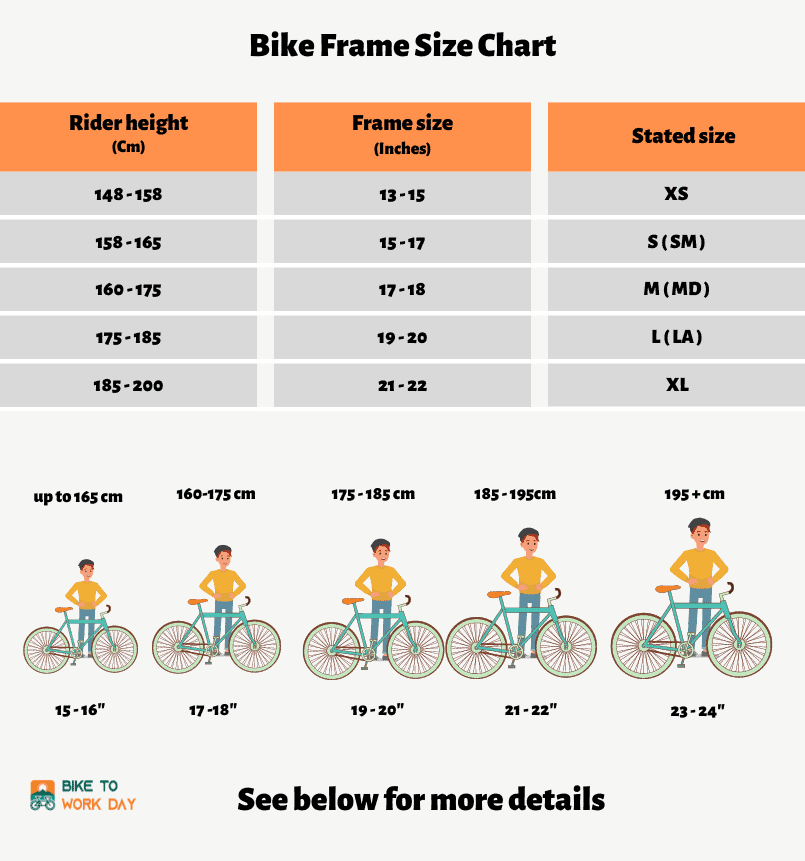Why Proper Bike Fit Matters
Finding the right road bike size is crucial for a comfortable and efficient ride. When a bike fits properly, riders can enjoy improved comfort, increased efficiency, and a reduced risk of injury. A well-fitting bike allows riders to maintain a comfortable riding position, reducing the strain on their back, neck, and joints. This, in turn, can improve their overall performance and endurance. Moreover, a properly fitting bike can also reduce the risk of injury, as riders are less likely to experience discomfort, fatigue, and loss of control. By understanding the importance of proper bike fit, riders can take the first step towards finding their ideal road bike size and enjoying a more comfortable and efficient ride.
Understanding Your Body Measurements
To determine the right road bike size, it’s essential to take accurate body measurements. The key measurements to focus on are inseam, arm length, and torso length. Inseam, also known as inside leg length, is the distance from the floor to the top of the inner thigh. Arm length is the distance from the shoulder to the wrist, while torso length is the distance from the base of the neck to the hip. To take accurate measurements, stand up straight against a wall with your feet shoulder-width apart. Use a tape measure or a ruler to record the measurements, making sure to note them down in inches or centimeters. When taking these measurements, it’s crucial to consider factors such as flexibility and riding style, as these can affect the overall fit of the bike. By understanding your body measurements, you can take the first step towards finding a road bike that fits you perfectly, and ultimately, enjoying a more comfortable and efficient ride.
How to Measure Your Road Bike
Measuring a road bike is a crucial step in determining the right size. To ensure an accurate measurement, follow these steps: First, measure the seat tube length, which is the distance from the center of the bottom bracket to the top of the seat tube. Next, measure the top tube length, which is the distance from the center of the head tube to the center of the seat tube. Finally, measure the standover height, which is the distance from the ground to the top of the top tube. When measuring the standover height, make sure to position the bike on a level surface and use a ruler or tape measure to record the measurement. It’s essential to take these measurements carefully, as they will help determine the ideal road bike size. By understanding how to measure a road bike size, riders can ensure a comfortable and efficient ride. Remember to record the measurements in inches or centimeters to ensure accuracy when comparing them to bike size charts.
Interpreting Bike Size Charts
Once you have taken your body measurements and measured your road bike, it’s time to interpret bike size charts. Bike size charts are provided by manufacturers to help riders determine the ideal bike size based on their body measurements. To read a bike size chart, start by identifying your inseam, arm length, and torso length measurements. Then, match these measurements to the corresponding bike sizes listed on the chart. Pay attention to the manufacturer’s specific sizing recommendations, as they may vary between brands. When interpreting the chart, consider the type of riding you plan to do, as different riding styles may require different bike sizes. For example, a rider who plans to do a lot of climbing may prefer a smaller bike size for improved agility, while a rider who plans to do a lot of endurance riding may prefer a larger bike size for increased comfort. By understanding how to measure a road bike size and interpreting bike size charts, riders can ensure a comfortable and efficient ride. Remember to consider individual factors, such as flexibility and personal preference, when selecting a bike size.
Factors to Consider Beyond Size Charts
While bike size charts provide a general guideline for determining road bike size, there are additional factors to consider to ensure a perfect fit. Riding style, for instance, can greatly impact bike fit. Aggressive riders who prefer a more aerodynamic position may require a smaller bike size, while endurance riders who prioritize comfort may prefer a larger bike size. Flexibility is another crucial factor, as riders with limited flexibility may require a bike with a more upright riding position. Personal preference also plays a significant role, as some riders may prefer a more compact or stretched-out riding position. To adjust bike fit accordingly, consider stem length, handlebar height, and saddle position. For example, a rider with a shorter arm length may require a shorter stem to maintain a comfortable riding position. By considering these individual factors, riders can fine-tune their bike fit to achieve optimal comfort, efficiency, and performance. Remember, finding the right road bike size is not just about matching body measurements to a chart, but also about understanding how to measure a road bike size and adapting to individual needs.
Common Mistakes to Avoid When Sizing a Road Bike
When it comes to sizing a road bike, there are several common mistakes that riders make. One of the most critical errors is relying solely on size charts. While size charts provide a general guideline, they do not take into account individual factors such as riding style, flexibility, and personal preference. Neglecting to consider these factors can result in a bike that is uncomfortable, inefficient, and even leads to injury. Another mistake is failing to measure the bike accurately. Inaccurate measurements can lead to a bike that is too small or too large, which can affect performance and comfort. Additionally, riders may overlook the importance of standover height, which can affect the safety and comfort of the ride. To avoid these mistakes, it’s essential to understand how to measure a road bike size accurately and consider individual factors that affect bike fit. By doing so, riders can ensure a comfortable, efficient, and enjoyable ride. Remember, finding the right road bike size is a process that requires patience, attention to detail, and a willingness to consider all the factors that affect bike fit.
Getting a Professional Bike Fit
While understanding how to measure a road bike size and considering individual factors are crucial, getting a professional bike fit can take bike fit to the next level. A trained fitter has the expertise and experience to analyze a rider’s unique needs and preferences, ensuring a customized fit that maximizes comfort, efficiency, and performance. Professional fitters use specialized equipment, such as bike fitting tools and software, to precision-measure the bike and rider, making adjustments to achieve optimal fit. This may include adjusting the saddle height, handlebar position, and pedal alignment to ensure a comfortable and efficient riding position. Additionally, a professional fitter can provide valuable insights and recommendations on how to improve riding technique, reduce the risk of injury, and enhance overall cycling performance. By investing in a professional bike fit, riders can experience the full benefits of a perfectly sized road bike, including improved comfort, increased efficiency, and enhanced performance.
Conclusion: Finding Your Ideal Road Bike Size
Finding the right road bike size is a crucial step in ensuring a comfortable, efficient, and enjoyable ride. By understanding the importance of proper bike fit, taking accurate body measurements, and learning how to measure a road bike size, riders can take the first steps towards achieving optimal fit. Additionally, considering individual factors beyond size charts and avoiding common mistakes can help riders fine-tune their bike fit. For those who want to take their bike fit to the next level, getting a professional bike fit can provide a customized and precise fit. Remember, finding the ideal road bike size is a process that requires patience, attention to detail, and a willingness to consider all the factors that affect bike fit. By following these guidelines and taking the necessary steps, riders can experience the full benefits of a perfectly sized road bike, including improved comfort, increased efficiency, and reduced risk of injury. So, take the time to get it right, and enjoy the ride!









